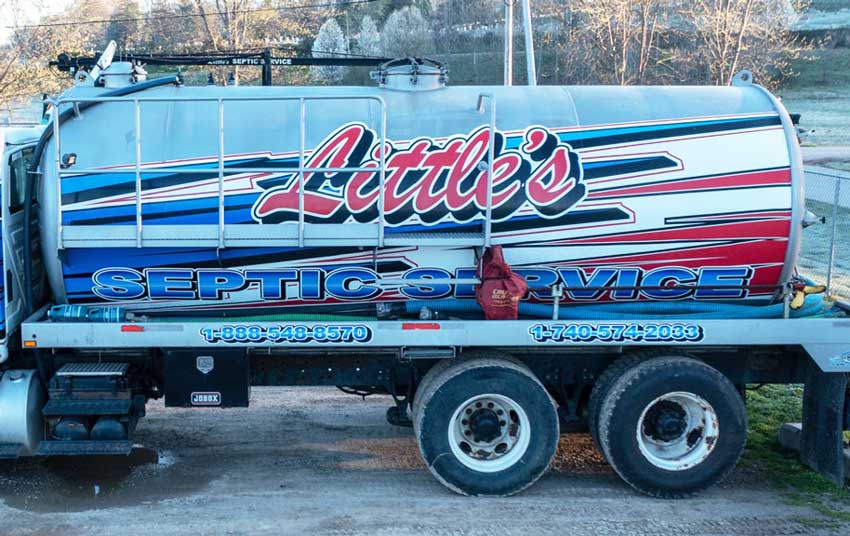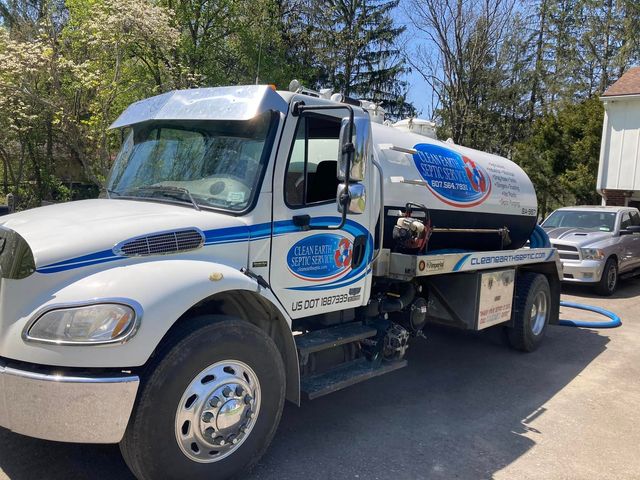Not known Factual Statements About Stillwell Septic And Grading
Not known Factual Statements About Stillwell Septic And Grading
Blog Article
The 8-Minute Rule for Stillwell Septic And Grading
Table of ContentsHow Stillwell Septic And Grading can Save You Time, Stress, and Money.The Definitive Guide for Stillwell Septic And GradingMore About Stillwell Septic And GradingSome Ideas on Stillwell Septic And Grading You Should KnowIndicators on Stillwell Septic And Grading You Should Know6 Simple Techniques For Stillwell Septic And GradingTop Guidelines Of Stillwell Septic And Grading

House owners ought to also educate themselves on the basics of septic tanks to ensure they make informed choices throughout the setup procedure - Septic Inspection. Septic tanks are a vital part of many homes that are not connected to a local drain system. They are designed to treat and dispose of house wastewater on-site
The septic storage tank is a huge, underground container made of concrete, fiberglass, or plastic. The container divides the strong waste from the liquid waste.
What Does Stillwell Septic And Grading Mean?
It is likewise crucial to save water and stay clear of straining the system. Basic procedures such as repairing leaky taps and bathrooms, mounting low-flow showerheads and bathrooms, and spreading out laundry tons can help lower water usage and prolong the life of the septic system.
The topography of the site is also examined to make certain that the septic tank is set up at the correct altitude. https://www.pubpub.org/user/george-braden. The system ought to be set up at a greater altitude than the bordering location to avoid contamination of the surrounding setting. Obstacles are the minimal ranges required by regulation between the septic tank and various other structures or features such as wells, structures, and property lines
The suggested elevations of the system are figured out based upon the outcomes of the dirt evaluation and topography analysis. The elevations will certainly guarantee that the septic system operates appropriately, and wastewater is effectively treated - Setpic System Repairs. To conclude, a website analysis is a critical action in septic system installation. It makes certain that the septic system is set up in one of the most optimal location, thinking about the soil, topography, and problems.
The Buzz on Stillwell Septic And Grading
Before setting up a septic tank, home owners require to get authorizations and conform with regulations. Some of the permits and guidelines that property owners need to think about include:: Home owners require to obtain a license from the regional health and wellness division or building department prior to setting up a septic system.
As an example, some municipalities might call for a minimum lot size for septic tank installation.: House owners need to follow ecological policies when installing a septic system. Some states may need an ecological influence analysis prior to installing a septic system.: House owners require to conform with building and construction regulations when mounting a septic system.
Excitement About Stillwell Septic And Grading
Some towns might need routine evaluations and pumping of the septic tank. Non-compliance with licenses and policies can result in penalties, charges, and even lawful action. It is vital for property owners to get licenses and abide with policies prior to setting up a septic system. When it concerns picking a septic system, house owners have a few choices to think about.
One of the most important factors to consider when picking a sewage-disposal tank is the dimension. A sewage-disposal tank that is as well little for the home's demands will certainly need more constant pumping, while a tank that is also large can cause too much water build-up and prospective system failing. A general regulation of thumb is that the container must be able to hold a minimum of two days' worth of wastewater.
All about Stillwell Septic And Grading

It's likewise crucial to think about the type of system the septic tank will be made use of with. There are 2 major types of septic systems: gravity and pressure.
10 Simple Techniques For Stillwell Septic And Grading
In general, picking the right septic storage tank for a home is a vital choice that needs cautious factor to consider. Before mounting a septic container, home owners need additional info to take particular steps to prepare for the installment process.
Here are some vital safety steps to follow: Use safety gear: Property owners need to wear safety gear, such as handwear covers, boots, and headgears, to stop injury during the setup procedure. Prevent electric lines: House owners have to avoid digging near electric lines to avoid electrocution. Use care when operating heavy equipment: House owners must utilize care when operating hefty equipment to prevent crashes and injuries.
6 Simple Techniques For Stillwell Septic And Grading
By complying with these important actions, house owners can make sure an effective septic storage tank installment process. Sewage-disposal tank setup is an important procedure that needs mindful planning and execution. Property owners that are setting up a sewage-disposal tank for the initial time ought to be aware of the important actions entailed in the procedure to ensure that their septic tank operates effectively and properly.

Report this page